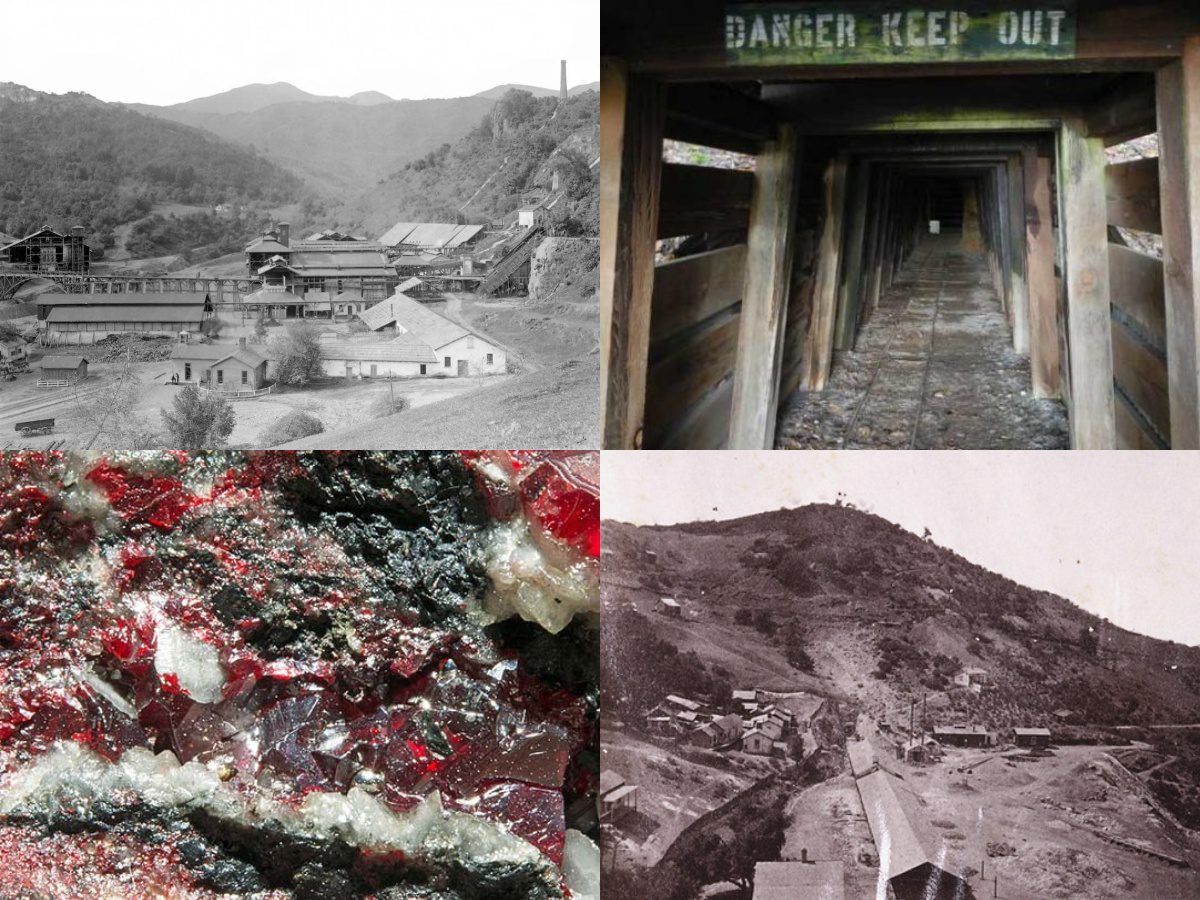(uskings.us) New Almaden mine, established in 1848, which in turn was named after the municipality of Almadén in Spain. It is the oldest and most productive mercury (i.e., “quicksilver”) mine in the U.S.
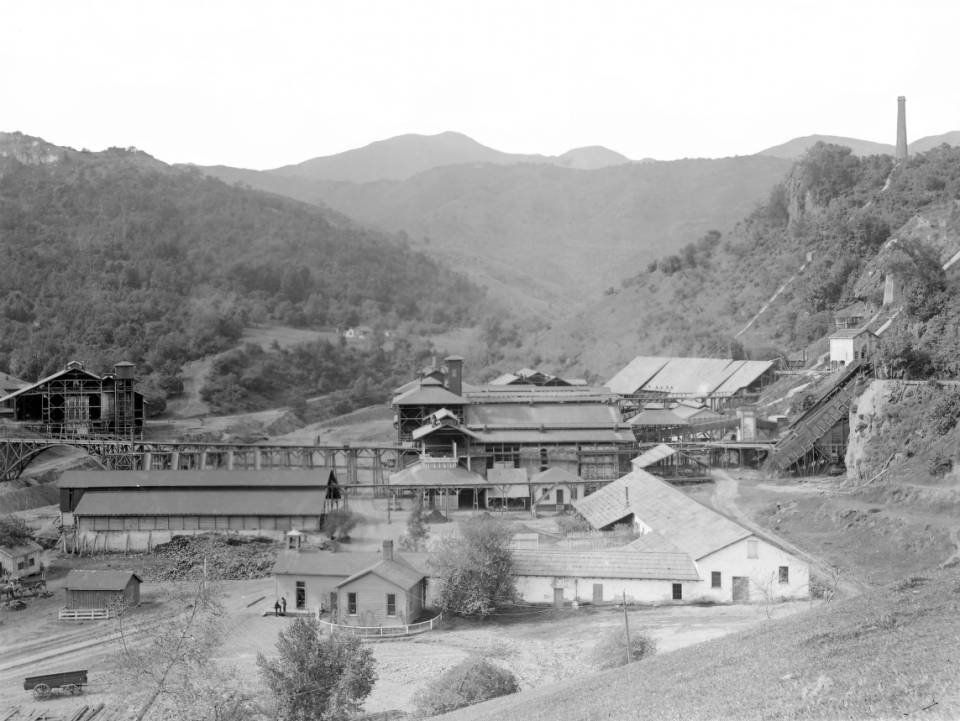
The New Almaden quicksilver mine in the Capitancillas range in Santa Clara County, California, United States, is the oldest and most productive mercury (i.e., “quicksilver”) mine in the U.S. The site was known to the indigenous Ohlone people for its cinnabar long before a Mexican settler became aware of the ores in 1820.
By the time they were identified as mercury, the mine was perfectly timed to supply the California Gold Rush. The mine ran intermittently after 1927 and eventually closed. It was purchased by the county and is now part of Almaden Quicksilver County Park.
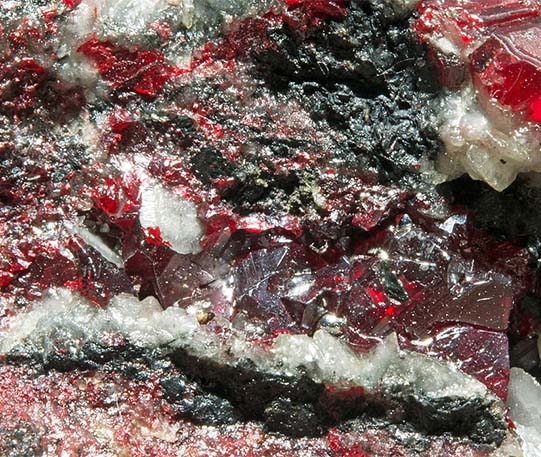
Cinnabar, bright red mercury ore, was used by the Ohlone people for paint. Andres Castillero, a captain in the Mexican Army, obtained a grant to the mine in 1846 but, occupied with his military duties during the Mexican War, soon sold it to Barron, Forbes Company, an English textile firm based in Tepic, Mexico.
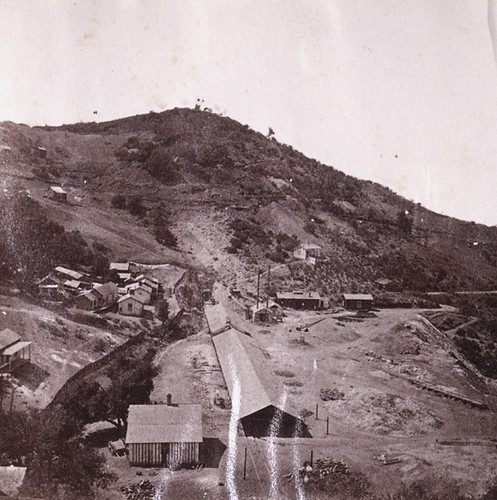
The mine is named for a mercury mine in (old) Almadén, Spain, which had operated since at least Roman times. (See Heritage of Mercury. Almadén and Idrija.) The term Almadén, meaning “the mine”, is derived from the Arabic language.
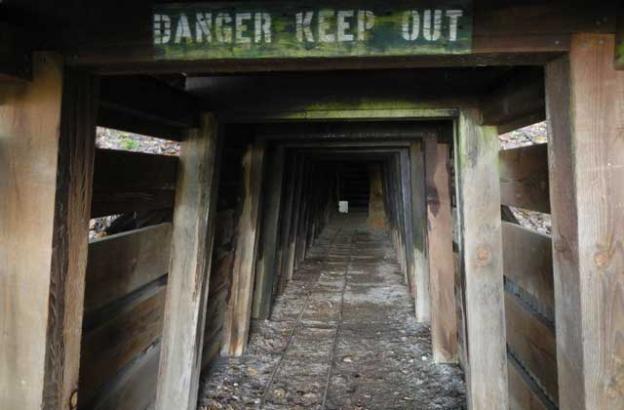
The New Alameda mines produced mercury used in mining, munitions, and vermillion for decorative arts. Between 1850 to 1868 the mines produced from one to three million pounds of mercury per year, with a pause in 1858 due to federal injunction. Over its lifetime the mine produced more mineral wealth than any Californian gold mine.
According to en.wikipedia and medium.com. Source of photos: internet



